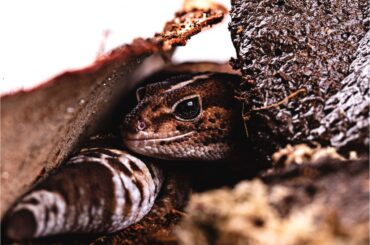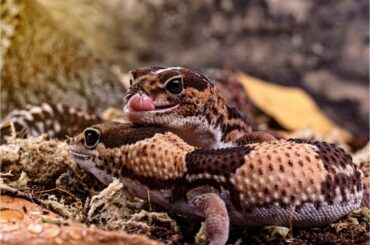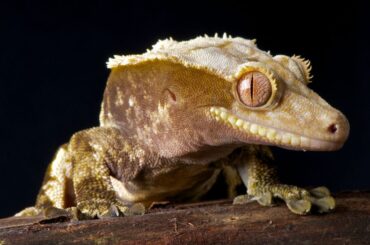Are you interested in the strange world of crested geckos? Do you know why these incredible animals can drop their tails? What can you do to put a stop to this peculiar behavior?
Small, nocturnal lizards known as crested geckos (Correlophus ciliatus) are native to New Caledonia. These cute animals are known for the eyelash-like growths above their eyes and the sticky pads on their toes that help them move. It’s also fascinating that crested geckos can drop their tails in times of danger.
This article examines crested geckos’ lives to uncover their secrets to success in various surroundings. It also discusses why geckos and their owners must understand why their tails drop. Let’s learn more about crested geckos and how to keep them healthy and happy.
What is Tail Dropping?
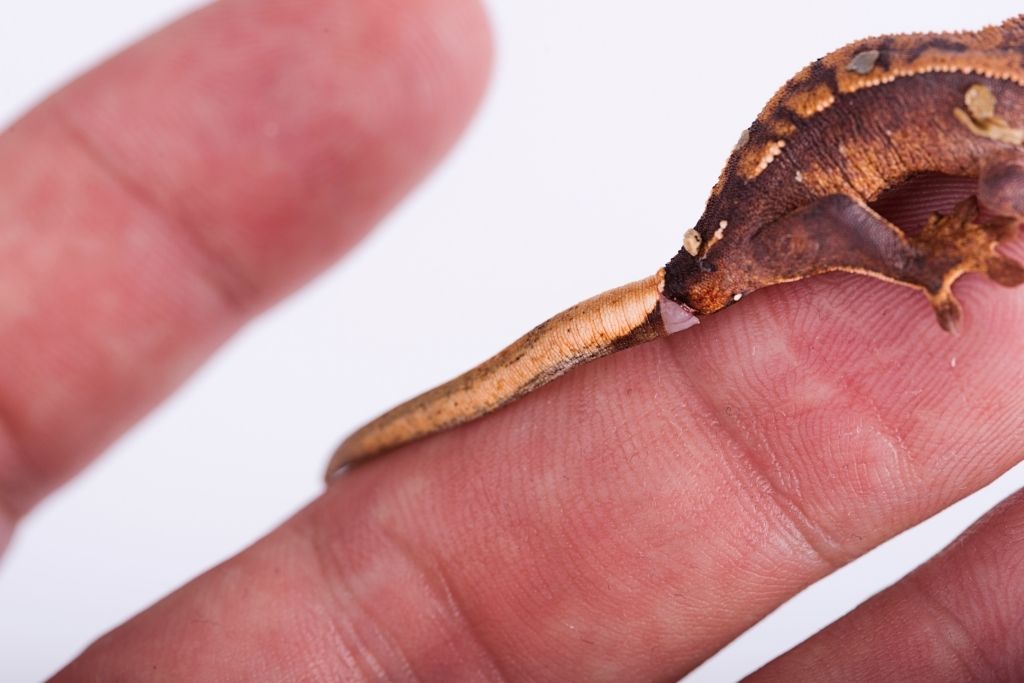
Autotomy, or tail dropping, is an interesting and vital trait for crested geckos. When geckos willingly cut off their tails, this is called autotomy. This behavior helps them stay alive and is also useful for other reasons.
Scientists say that when crested geckos smell danger, they cut off their tails on their own. A gecko may flick its tail to scare away attackers when it feels threatened, stressed, or abused. Tail wriggling after separation takes the predator’s attention away from the gecko. This amazing change helps the gecko get away from danger and stay alive.
There are many reasons why crested geckos drop their tails. Aside from avoiding danger, they may also lose their tails to avoid getting caught or hurt. To keep crested geckos healthy and stress-free while they are in captivity, you need to know about these autotomy causes.
Crested Gecko Tail Regeneration
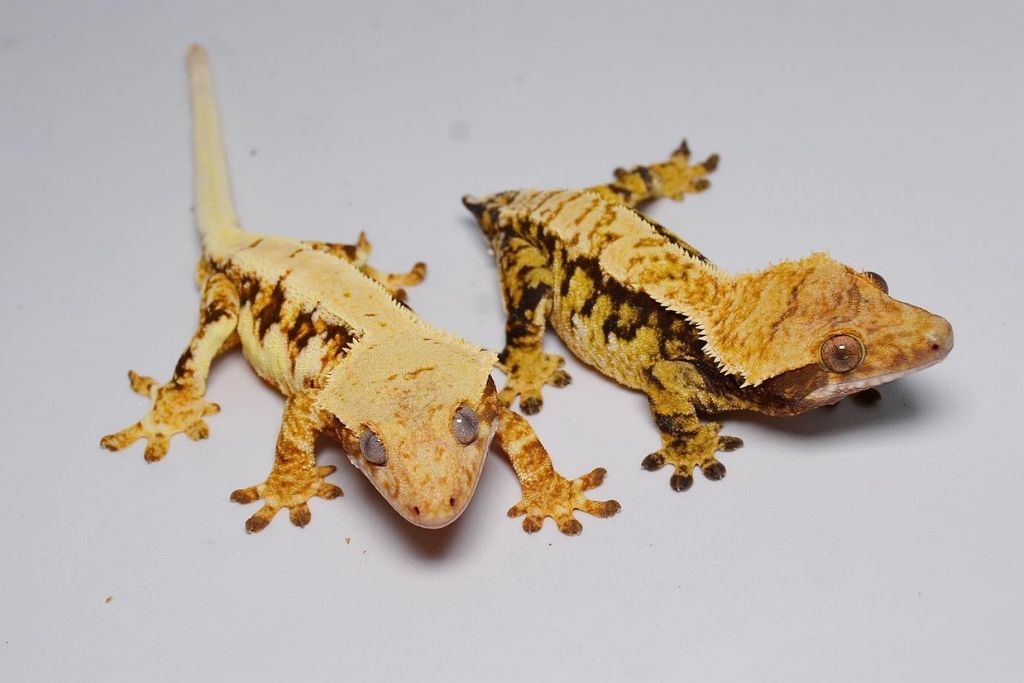
Crested geckos have superpowers like being able to grow new tails. Unlike many other species, crested geckos can grow their tails back after having them cut off. This way of healing is only found in these interesting species.
The tails of crested geckos grow back in stages. A small bud or knob grows after the tail falls off. Ultimately, this bud will make new cells to replace the tail. The time it takes for a whole tail to grow back varies from gecko to gecko.
Your crested gecko needs to be in a stress-free place while its tail grows back. Keep their enclosure clean and treat them carefully to keep them from getting stressed. A well-balanced diet and enough care can help the body heal itself. The new tail might not resemble the old one, but it will help the gecko move and keep its balance.
The Adaptive Advantage of Tail Dropping
Before discussing how dropping their tails helps them adapt, let’s look at how it helps crested geckos in captivity and the wild.
1. Survival Strategy
Crested geckos need to drop their tails to stay alive. When a predator threatens the gecko, it can quickly pull its tail away to make itself less noticeable. When the gecko leaves its tail behind, it temporarily stops its prey, letting it escape and live another day.
2. Improved Escape
The term “arboreal” refers to their lifestyle of living in trees. By covering the most vulnerable area of their body, dropping their tail can assist them in escaping danger if they encounter it while ascending.
3. Energy Conservation
It takes a lot of energy to grow a tail again, but it’s necessary to stay alive. The gecko spends its energy on growing a new tail instead of running away from a threat. Because of this adaptation, crested geckos can keep their number stable in their natural environment.
Factors Triggering Tail Dropping
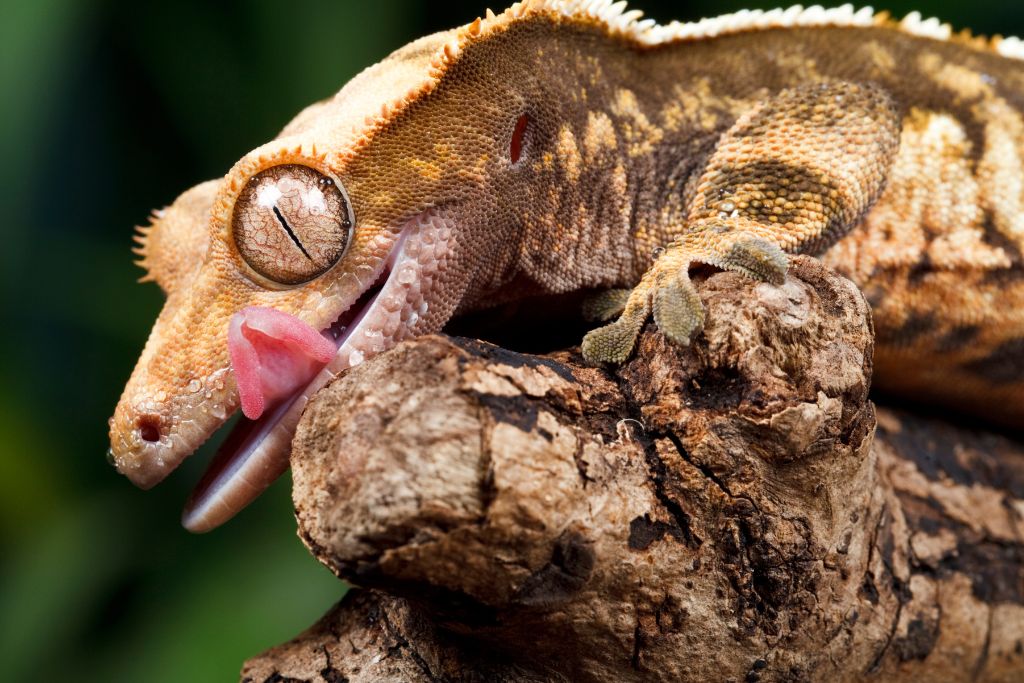
Let’s first examine what stresses these amazing creatures and how we might reduce it before discussing crested geckos’ tail dropping.
1. Handling
Handling crested geckos too much or too roughly can cause them a lot of stress. They might drop their tails as a defense if they feel attacked while being handled.
2. Predator Encounters
Even in captivity, if a gecko feels a real or imagined predator nearby, it may drop its tail to get the attacker’s attention off of it.
3. Injury
Crested geckos can get so stressed out when they get hurt or stuck in things that they may lose their tails to get away.
Tail Loss Prevention and Management
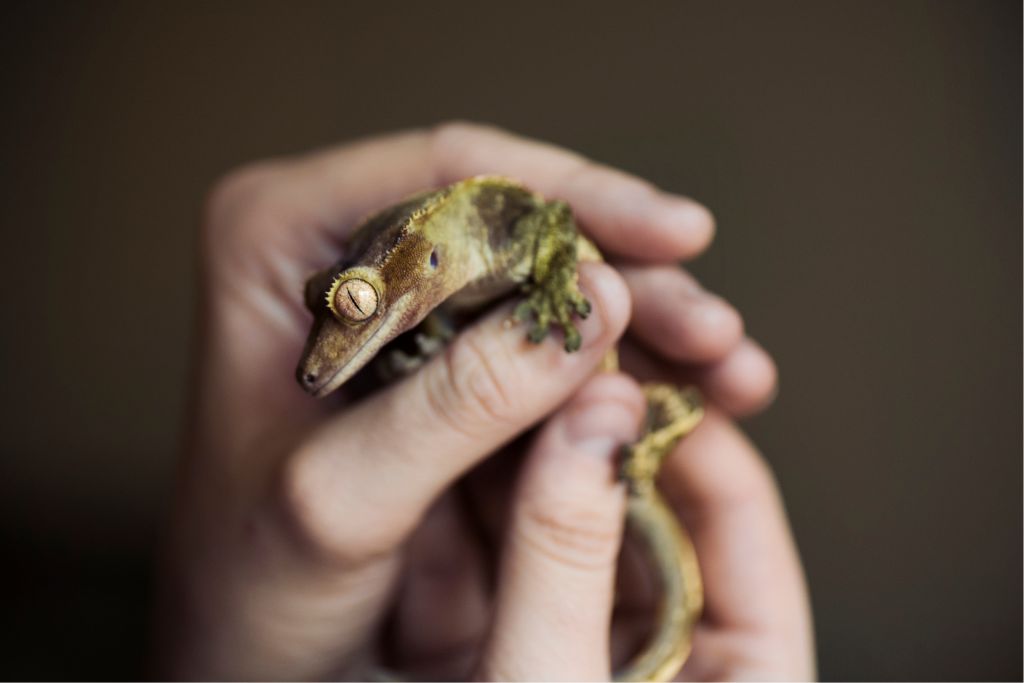
Let’s look at what you can do to keep your crested geckos from losing their tails and what you can do if it does occur in your crested geckos.
1. Gentle Handling
Be careful when you handle your gecko, and move slowly and gently. This builds trust and makes the tail less likely to drop because of stress.
2. Observe Body Language
Pay close attention to how your gecko moves. Removing it from its enclosure is the best way to calm it down if it acts or squirms too much, which are both signs of stress.
3. Safe Enclosure
Ensure they can’t get out of their habitat and that it has no possible dangers, like sharp objects or small spaces. Check the enclosure often for any problems that could cause the tail to fall off.
4. Avoid Predators
Keep other pets, like cats and dogs, away from the gecko’s cage to avoid getting stressed out or meeting danger.
5. Tail Regrowth
Trust that your gecko will get a new tail. It takes time for crested geckos to grow their tails back. To help them grow back, keep their cage clean, feed them balanced food, and ensure they don’t have to deal with stress.
6. Post-Tail Loss Care
If your gecko loses its tail, check the wound often for symptoms of infection or other complications. Consult a specialist in reptile medicine if you notice anything wrong.
Conclusion
Crested geckos need to be cared for like any other pet. Understanding their unique habits, like dropping their tails and ensuring they are safe and stress-free, is good for their health and makes you feel good as a caretaker. If you do what this guide says, your geckos will stay healthy and happy.
FAQs
Can Crested Geckos Grow Their Tails Back?
Yes, crested geckos can grow their tails back. This growth process is called regeneration. The new tail may not look the same, but it helps the animal stay balanced and move quickly.
Does It Hurt a Lizard to Lose Its Tail?
No, losing their tails doesn’t hurt lizards. They do it to protect themselves from being eaten, and the tail will grow back over time.
How Do Gecko Tails Move After Falling Off?
Gecko tails often keep moving for a short time after they fall off. Predators will be distracted by this movement, which lets the gecko get away safely.

